Last year, the Honor Magic V2 brought a big surprise to everyone. Except for the Huawei Mate X5, Magic V2 is the best folding screen product with the best hand feeling.
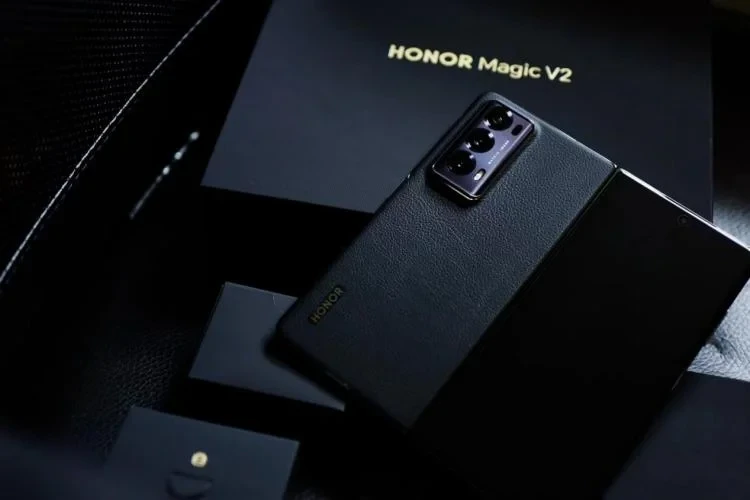
The Magic V2 had its limitations due to price and technology, leaving some regrets. For instance, it lacked a periscope lens, the build quality wasn’t the most durable, and it didn’t support wireless charging.
Fortunately, its low price on the secondary market made it a popular choice. A lot of people around did use the V2 as a secondary iPhone to extend the screen and boost the signal.
Despite that, the V2 had some issues, such as hinge quality problems after some use, and the inner screen wasn’t as scratch-resistant as other foldables that used ultra-flexible glass. Another major issue was that the camera performance was disappointing, as any user would know.
This year, with the unveiling of the Magic V3, the large camera module immediately catches the eye, and it finally includes a periscope lens.
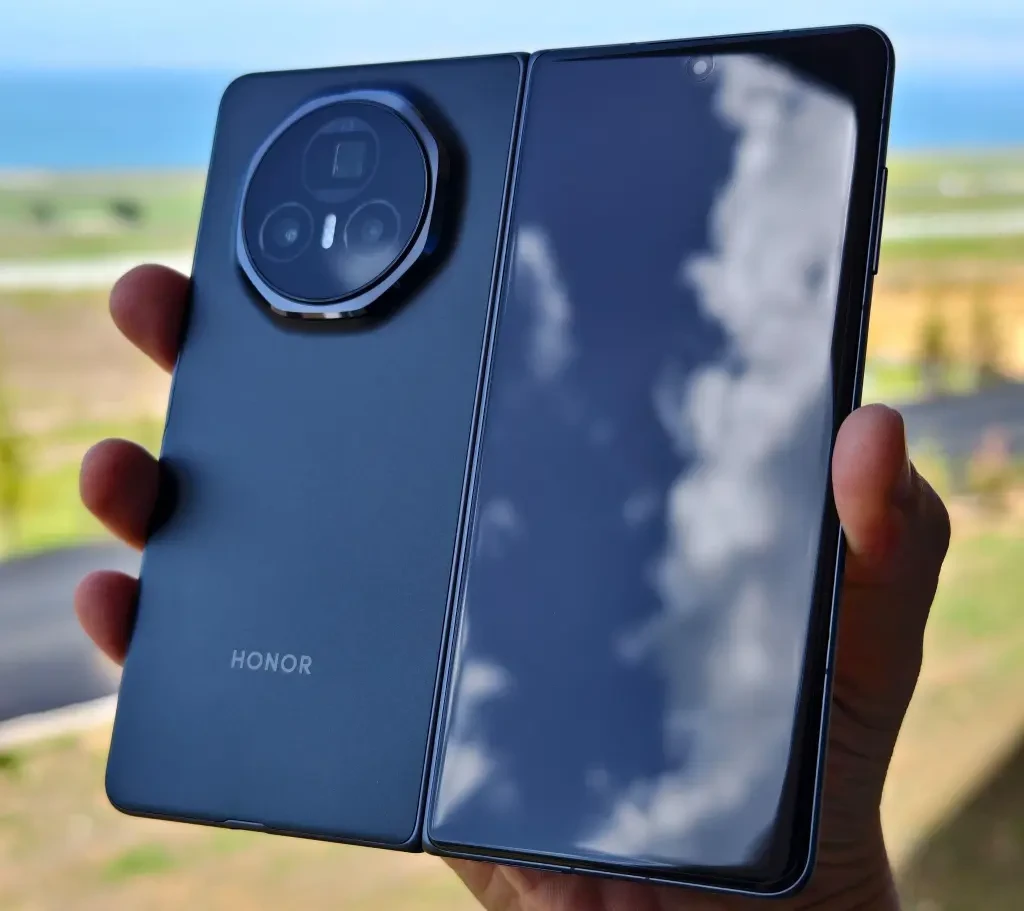
Visually, the Magic V3’s design is very similar to the previous Huawei Mate X5, but once you hold it, you’ll notice a distinct difference. It’s thinner than the X5 but slightly wider.
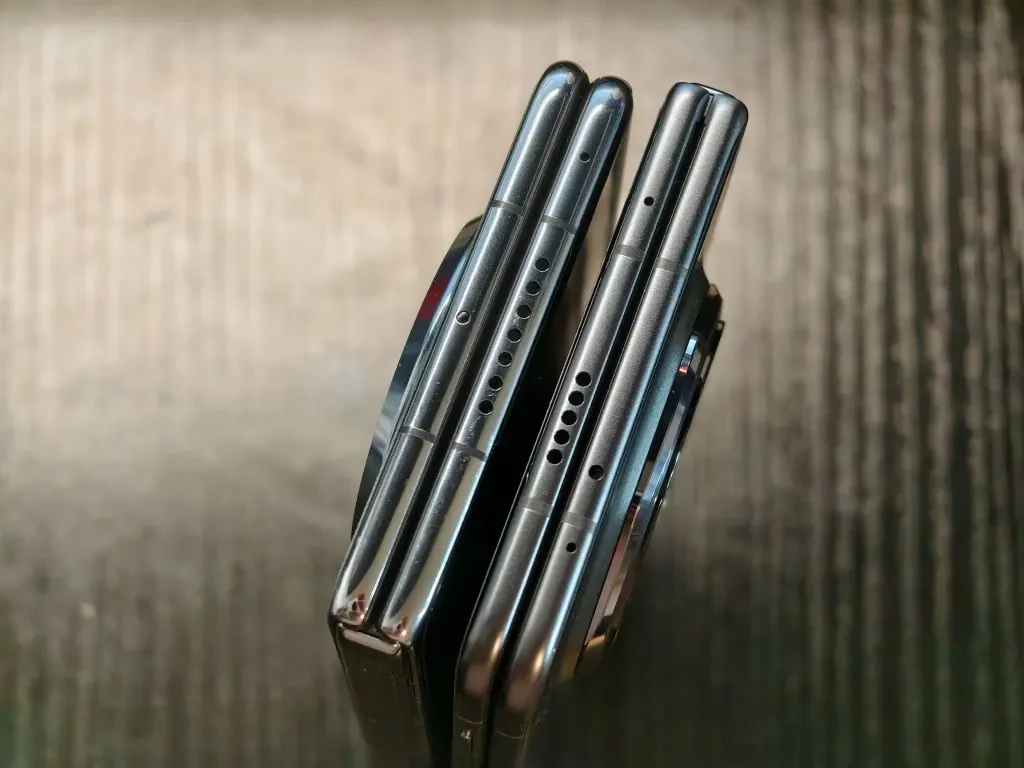
The Magic V3 still uses a side-mounted fingerprint scanner, which has a high recognition rate. However, over time, users might prefer the screen fingerprint technology seen in the Vivo X Fold 3, which feels more intuitive.
Last year, Honor received praise for the accessories included with the Magic V2, particularly the Kevlar protective case, which was of much higher quality compared to the basic transparent cases offered by other manufacturers for foldable phones that cost over $1400.
This generation’s Magic V3 case is made from synthetic leather, with added protection for the middle frame hinge, giving it a premium feel. There’s also a stand built into the camera module, making it convenient for watching shows on the go.
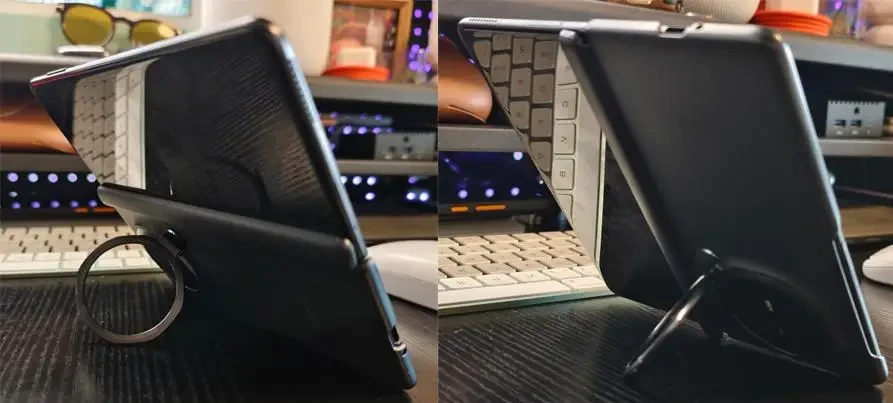
The reason for placing the stand in the camera area is that the Magic V3 finally supports wireless charging, and it’s not just any wireless charging—it’s 50W fast charging. Fitting a wireless charging coil into such a slim body is thanks to the all-new ultra-thin Qinghai Lake battery.
During a pre-launch internal briefing, Honor showcased the new generation of Qinghai Lake batteries to the media. It’s incredibly thin that you might wonder if there’s actually a battery cell inside when you hold it.

Not only does it contain battery cells, but Honor has also managed to increase the battery capacity over the Magic V2, bringing it to a total of 5150mAh. The third-generation Qinghai Lake battery is the industry’s first carbon-silicon anode battery with a silicon content of 10%, achieving an energy density of 773Wh/L. The average battery thickness is only 2.6mm. For comparison, the Huawei Mate X5’s battery is 3.075mm thick, and the Vivo X Fold3’s battery is 2.79mm thick.
As for weight, the velvet black version we reviewed is the lightest, weighing only 226g. For a large foldable phone with a periscope telephoto lens, this weight is quite light. If you still find it heavy, then perhaps foldable phones just aren’t for you.
To make the device lighter and thinner, Honor employed a new structure in the Magic V3—the Honor Luban shield tunneling steel hinge. This hinge uses the second-generation shield tunneling steel for the main shaft and arm structure, reducing the thickness by 41% compared to ordinary steel. Additionally, carbon fiber materials were used to lighten the hinge door panel, and the metal frame is made from Honor’s self-developed latest 7000-series aluminum, making it lighter and more durable.
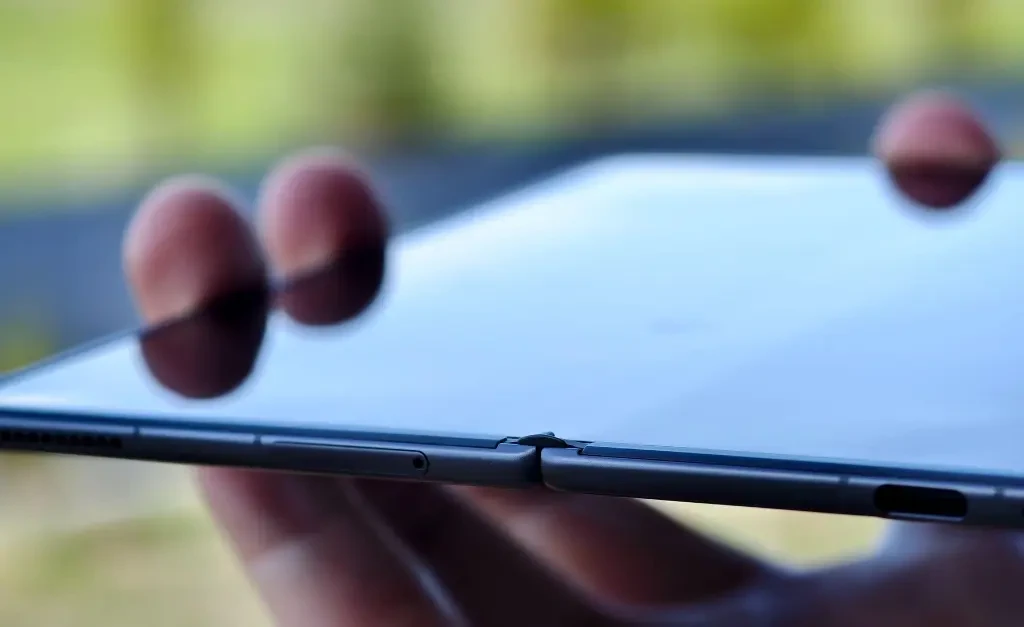
The rear cover of this generation isn’t just simple AG matte glass. Instead, Honor used aerospace-grade special fiber as the body material. This material has a density of only 1.56g/cm³ but offers superior properties compared to aramid fiber, UPE fiber, glass, and ceramics.

In terms of the display, the Honor Magic V3 features a 6.43-inch outer screen with a 20:9 aspect ratio, 8T LTPO 1-120Hz smart refresh rate, a peak brightness of 5000 nits, and supports 4320Hz PWM dimming. The outer screen is developed using second-generation nano-microcrystalline glass technology, known as Honor Gorilla Glass Victus, which enhances crystal density by 50% and increases overall drop resistance by 30%.
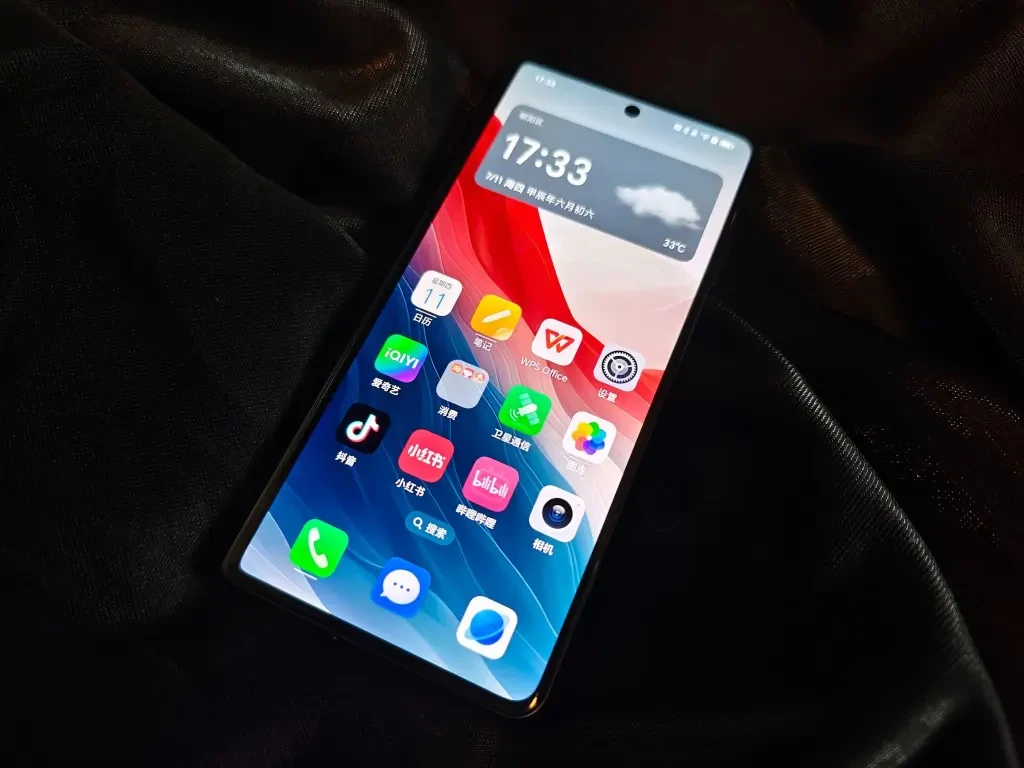
The inner screen is a 7.92-inch LTPO 1-120Hz display with a 10:9 aspect ratio, 3840Hz PWM dimming, and a peak brightness of 1600 nits. It’s covered with a layer of “Gorilla flexible armor,” which uses non-Newtonian fluid impact-resistant silicone gel, often referred to as “liquid bulletproof vest.” This material hardens instantly upon impact to protect the foldable inner screen.
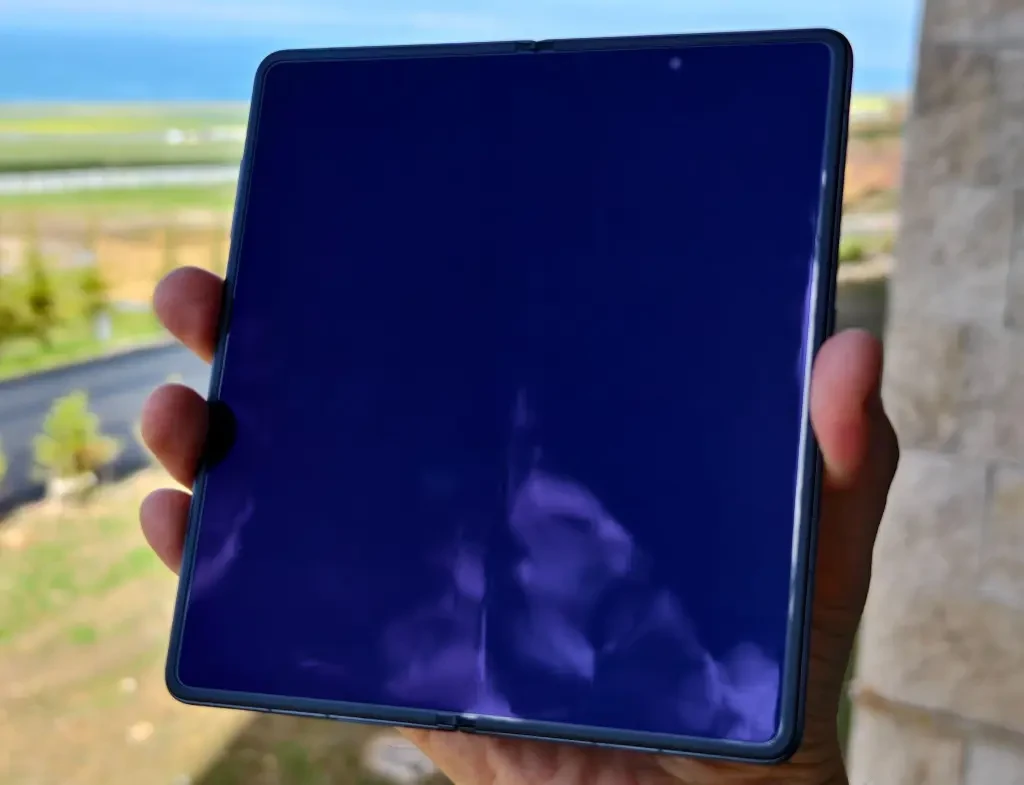

Both the inner and outer screens of the Honor Magic V3 support handwriting input. The outer screen also features pixel-level dynamic life compensation technology, system-level image management solutions, and an all-brightness 1Hz display mode, enabling an always-on display (AOD) throughout the day.
Photography has never been a primary focus for foldable phones, but in recent years, users have increasingly valued the camera performance of large fold phones. The Honor Magic V3 has significantly upgraded its camera system compared to the V2, featuring a 50MP eagle-eye main camera with a 1/1.56-inch sensor, a 50MP periscope telephoto lens with a 1/2.51-inch sensor, F3.0 aperture, and 3.5x optical zoom, and a 40MP ultra-wide-angle lens with a maximum 112-degree field of view and F2.2 aperture.
Let’s take a look at some sample photos.

Thanks to its excellent structural design, the Honor Magic V3 manages to fit a 6.88mm-thick telephoto lens module into a 9.2mm-thick body. In comparison, the Huawei Mate X5 has a body thickness of 11.08mm and a telephoto module thickness of 5.74mm. Honor’s telephoto lens optical structure is more sophisticated, resulting in superior performance.

In terms of core configuration, the Honor Magic V3 is powered by the third-generation Snapdragon 8 processor, paired with Honor’s Cicada Wing Titanium VC cooling system, ensuring stable performance even during long gaming sessions.
Finally, let’s talk about the system. Honor’s MagicOS has always had a user interface similar to Huawei’s HarmonyOS, and in the early days, Honor and Huawei even shared account systems. However, if you’ve been using Honor products for a long time, you’ll notice that Honor has developed many unique features in its system. Today, we’ll highlight two new features.
Feature 1: Parallel Space
When the screen is unfolded, spreading two fingers outwards opens Honor’s Parallel Space. In this mode, the screen splits into two independent phone systems. Not only can you install separate apps, but Honor also allows you to bind a separate SIM card in Parallel Space, and you can choose to disable incoming calls on that SIM card when exiting Parallel Space.
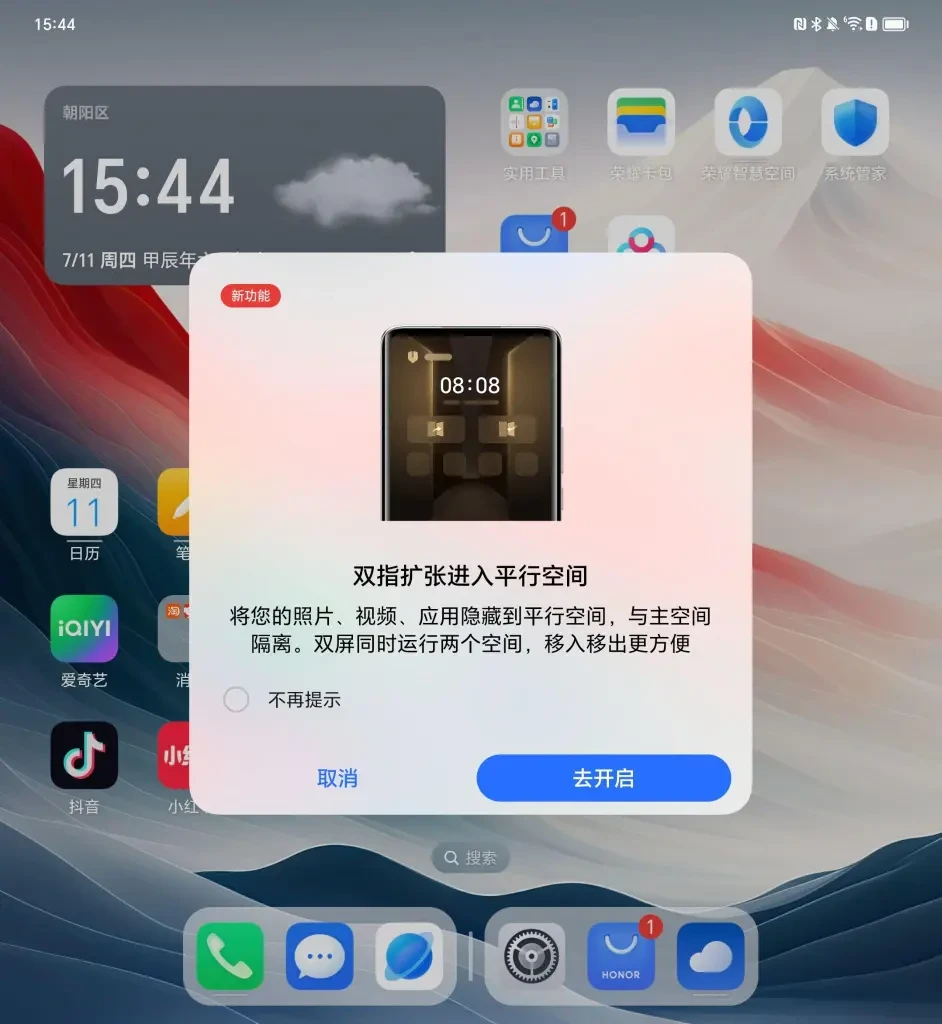
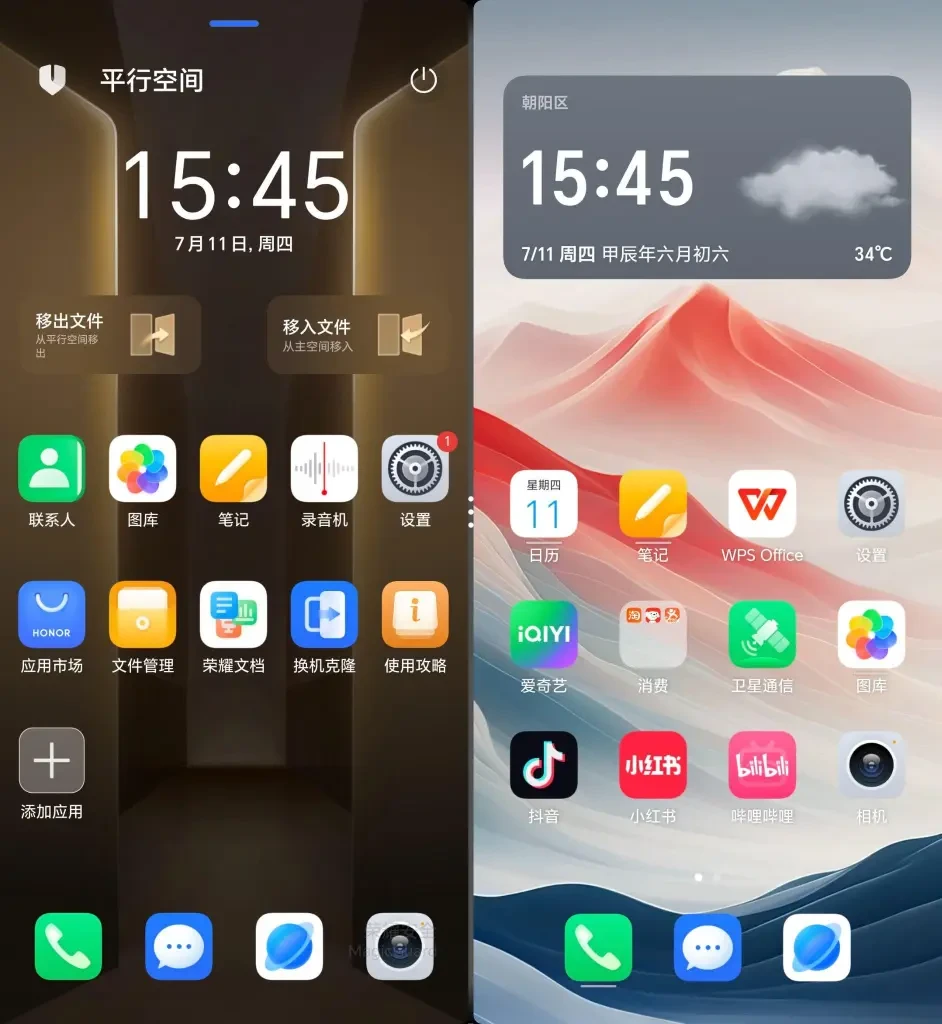
Feature 2: Cross-Device Operation
Using distributed authentication technology, the Honor Magic V3 foldable screen supports cross-device functionality like a tablet. You can answer calls, reply to messages, and operate apps on other devices seamlessly.
With these features, the Honor Magic V3 can truly be called a “high-performance mini tablet.”
Additionally, popular features from MagicOS like “Any Door,” Dynamic Capsule, and YOYO Recommendations are still supported on the Magic V3, remaining among Honor MagicOS’s traditional strengths, so we won’t go into further detail here.
Regarding pricing, the Honor Magic V3 comes in three versions: the 12+256GB version is priced at $1,259 (8,999 RMB), the 16+512GB version at $1,399 (9,999 RMB), and the 16+1TB version at $1,538 (10,999 RMB). Pre-orders began on July 12, 2024, with the official launch on July 19, 2024.
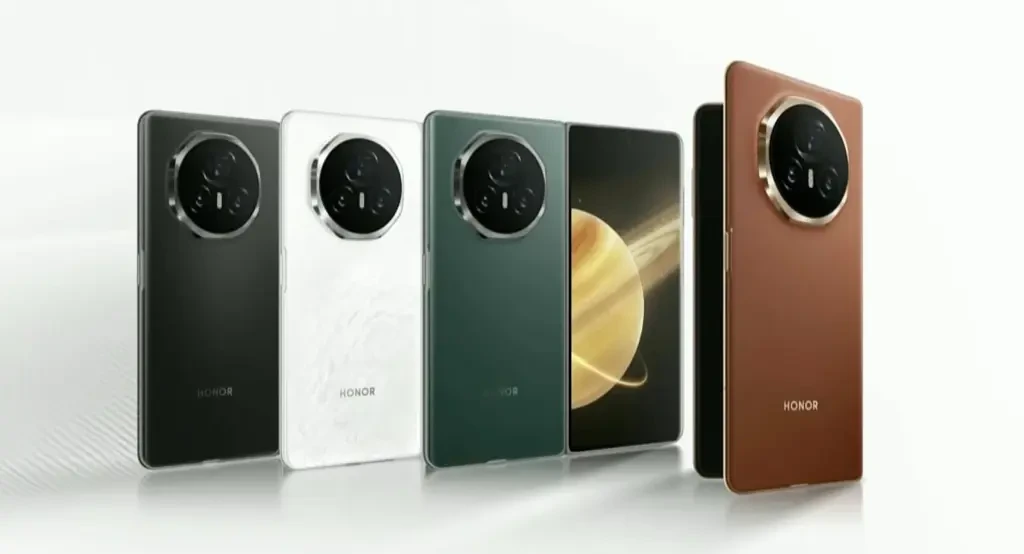
Conclusion of This Review
If last year’s Magic V2 was Honor’s first step into the ultra-thin foldable screen market, this generation’s Magic V3 is Honor’s determined effort to break into the high-end foldable phone market.
After parting ways with Huawei, Honor went through a brief period of uncertainty. What’s commendable is that Honor quickly found its path and has been steadily launching its own high-end products.
Oh, and the Honor Magic V3 is currently the only foldable phone on the market that supports Tiantong Satellite Communication. Honor also announced that a dual-satellite communication version would be released soon, so stay tuned.
The Ultimate Edition and Porsche RSR versions are both Honor’s attempts to enter the high-end market. We hope that Honor can soon secure a solid position in the top-tier consumer electronics market.
Source from PingWest
Disclaimer: The information set forth above is provided by PingWest.com, independently of Chovm.com. Chovm.com makes no representation and warranties as to the quality and reliability of the seller and products. Chovm.com expressly disclaims any liability for breaches pertaining to the copyright of content.





 Afrikaans
Afrikaans አማርኛ
አማርኛ العربية
العربية বাংলা
বাংলা Nederlands
Nederlands English
English Français
Français Deutsch
Deutsch हिन्दी
हिन्दी Bahasa Indonesia
Bahasa Indonesia Italiano
Italiano 日本語
日本語 한국어
한국어 Bahasa Melayu
Bahasa Melayu മലയാളം
മലയാളം پښتو
پښتو فارسی
فارسی Polski
Polski Português
Português Русский
Русский Español
Español Kiswahili
Kiswahili ไทย
ไทย Türkçe
Türkçe اردو
اردو Tiếng Việt
Tiếng Việt isiXhosa
isiXhosa Zulu
Zulu